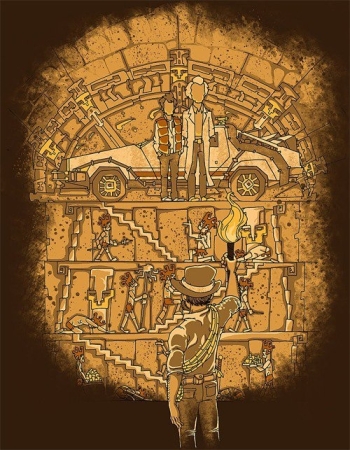What makes summer such a great time for reading? Leading up to summer, even the most trivial magazines and talk shows have a column or segment on “Great Summer Reads” or “Fun Beach Reads.” As children, we’re all given a handful of books to read over the summer, some more interesting than others.
There are so many other vacation seasons during the year, but for some reason, summer wins as a time to read. Perhaps it’s because the warm, lazy days lend themselves to sitting in a lounge chair on the beach with a fun read propped up next to a yummy drink under a sun shade. Perhaps it’s because summertime, as a child, was so carefree that we long to bring that time into adulthood, even through just a few hours reading something escapist.
Something about summer is a little bit magical. The books you read in summer, on vacation, when it’s warm, seem somehow a little more than they would otherwise. As a kid, I went to Girl Scout camp in the summers, and my camp had a library of sorts, really just a collection of book crates. At age 9, I was already in love with books, but I had never read any classics. In our camp library, I ran across a copy of Little Women (it was an abridged version – I was pretty young, after all). I devoured that book; I fell in love with Jo and all her sisters, and it ignited in me a desire to read more books that weren’t just about other elementary-age kids.
Which books have been your favorite summer reads? What do you think makes summer such a great time to read?

